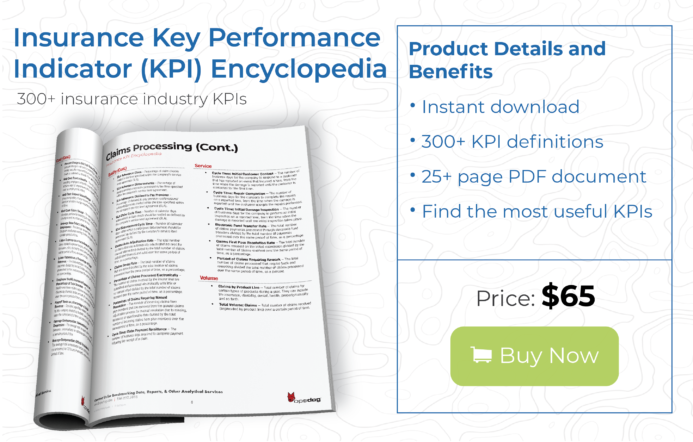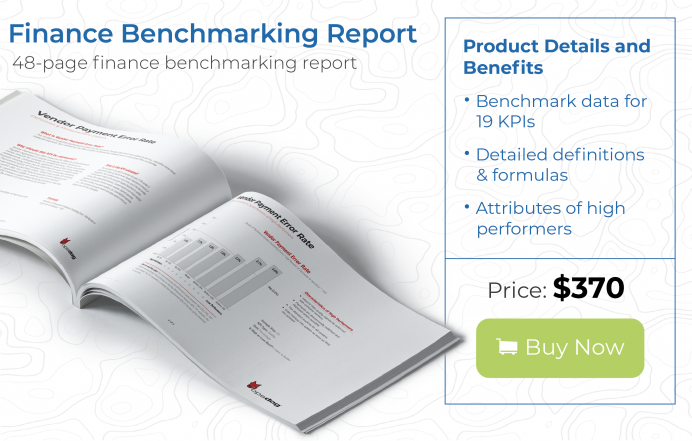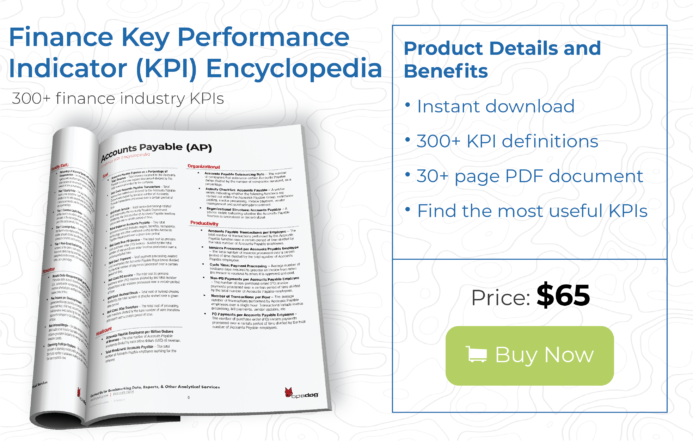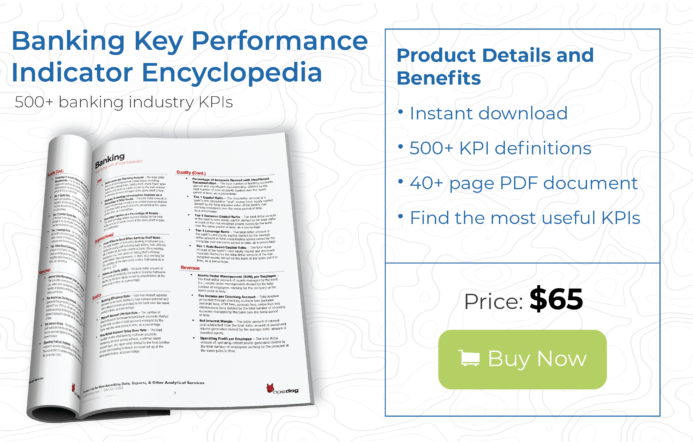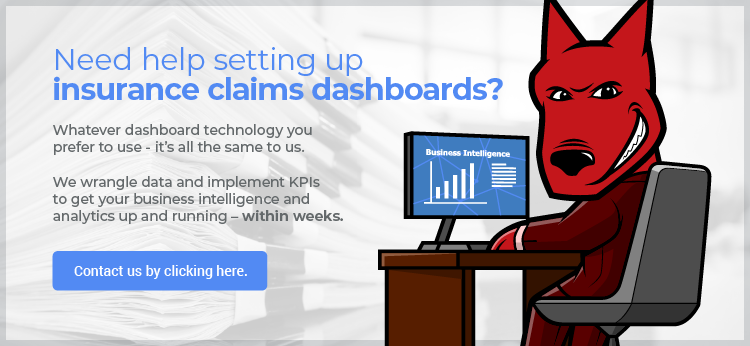7 Benefits of Undertaking a Competitive Benchmarking Analysis
In our last article, we laid out the four steps for defining and performing a competitive benchmarking analysis project for your company, to see how it stacks up against its peers along the metrics you select. We taught you how to outline the scope of the project, define its relevant KPIs, source and compile your benchmarking data, and make a presentation of your findings. In this article, we’re going to put all that work… to work, especially because the benefits of competitive benchmarking analysis can be far reaching.
In fact, the benefits of competitive benchmarking analysis can include (and we’ll explain the specifics of each in a moment):
- Identifying and prioritizing your organization’s performance gaps.
- Documenting and implementing proven best practices.
- Gaining an objective perspective on your business process performance.
- Reducing resistance to change inside your business by providing insights and reason for change backed up with data.
- Improving performance of your organization’s employees by fostering a competitive culture.
- Speeding up the standardization of organizational data and hierarchies of information
- Continuously measuring progress and the impacts of the process changes on the bottom line.
If your benchmarking effort is ever going to deliver tangible business benefits, now is the time.
Benefits of Competitive Benchmarking Analysis 1: Identify and Prioritize Benchmarked Performance Gaps
Using your newly-analyzed competitive benchmarking analysis data, begin to target specific areas for improvement. Look for places where results can be attained quickly, and/or those areas which would yield the biggest/most demonstrable benchmark impact for the business (i.e., the areas that can provide the biggest “bang for your benchmarking analysis buck”) and work on those first.
OpsDog benchmarking analysis best-practice tips: Shoot for “quick wins.” These are considered improvements that can be implemented without significant technology changes, excessive approvals, or regulatory interference. Contrast that to, say, an improvement that requires the involvement of IT staff or a third-party vendor. Push that one back until later if possible. By doing so, organizations are able to focus on performance gaps that can be resolved without the need of significant investment or effort. Not only will this produce a quick return on investment, but it will also ensure that future improvement efforts aren’t focused on issues that should have already been resolved.
Benefits of Competitive Benchmarking Analysis 2: Document and Implement Best Practices
Now that you’ve prioritized your performance gap analysis and triage, you can start implementing the improvement opportunities you’ve identified while performing your competitive benchmarking analysis. (Ta-dah!) Begin by documenting individual improvements, or best practices, that can be applied to day-to-day operations to close the performance gaps you’ve identified. Draft a plan to implement these best practices, and assign employees and managers to oversee various aspects of its implementation.
Don’t simply expect this to happen as if by magic. Nothing will change, and all your efforts will be for naught, unless you gain employee-level buy-in first.
Boy is that important. We’ll repeat it: Nothing will change without employee-level buy-in. Why? Well, to put it bluntly, if a best practice focused on the day-to-day operations of an organization isn’t being implemented by the people responsible for those operations, then the best practice isn’t being implemented. Period.
So how do you do it?
Sell it. Demonstrate the value of adopting each new best practice, such as:
- It takes less time to do!
- It requires fewer administrative steps!
- You’ll gain more time for other tasks!
- Your boss will notice and you’ll be more likely to get that raise!
If necessary, incentivize employees to adopt and champion the best practices you’ve identified (typically through financial incentives, like bonuses, or verbal recognition).
OpsDog benchmarking analysis best-practice tips: Each best practice to be implemented should be accompanied by an operational “change order,” similar to what might be used for a construction project. Each of these orders should document:
- The improvement opportunity, i.e., what is being fixed and why.
- The best practice, i.e., how to fix it.
- The responsible parties, i.e., employees, managers.
The orders should also include start/finish dates. Use a master Excel file (or similar) to track the implementation date of each best practice.
Benefits of Competitive Benchmarking Analysis 3: Gain an Objective Perspective on Business Process Performance – No Personal Bias or Assumptions
To have the greatest improvement impact, best practices identified through a competitive benchmarking analysis project must be devoid of any personal bias or assumptions. That is to say, they must be made with an objective perspective in mind. Doing otherwise could potentially allow managers and employees to focus on erroneous practices which can cause further bottleneck points in the business process needing improvement, as well as increased wasted effort and money.
So how do you ensure that the best practices identified through the previously performed benchmarking analysis provide an objective perspective on business process performance?
Simple. Use the benchmarking data and anecdotes acquired from front line employees through your competitive benchmarking project. That’s what they’re there for.
Opsdog benchmarking analysis best practice tips: By using the benchmark data and anecdotes already acquired from the competitive benchmarking project, managers, stakeholders and employees will be able to clearly see the strengths and weaknesses in their current processes and be unable to misinterpret or misunderstand what needs to be done for improvements to occur.
Remember to spell things out! Unclear data and anecdotes can be just as harmful as biased interpretations of data, so all the context behind the benchmark data must be as clear and as understandable as possible.
(Shameless self-promotion. Checkout our downloadable library of benchmarking reports to view some clean and presentation-ready reports that will ensure your organization keeps an objective perspective.)
Benefits of Competitive Benchmarking Analysis 4: Reduce Resistance to Change Inside Your Business by Providing Insights and Reason for Change Backed Up With Data
All too often, business managers believe their departments and the processes they work within to be as efficient as they’re going to get. They even believe that most inefficiencies are simply “the cost of doing business.” This is especially prevalent in the financial services sector where we frequently hear the following phrase:
“Our business is unique, so our business processes can’t be standardized.”
Have you heard this before? Maybe you’ve even said it, or thought it yourself. Well, sorry to burst your bubble, but while this belief is almost universally accepted, it is almost universally untrue. We call it the “antistandardization bias” and it reinforces the status quo while hiding the business improvement opportunity of our time: the standardization of knowledgework.
This is, of course, just one example of resistance to change prevalent among most layers of organizations. And while this particular quote focuses on the financial sector, the perceptions that give way to such resistance to change is widespread. Simply put, people don’t believe change is needed unless some sort of validated proof is put in front of them.
So, in a similar vein as what is needed to obtain an objective perspective on business process performance, give executives and stakeholders proof in the form of competitive benchmarking data (see how important benchmarking data can be?).
If business executives or stakeholders don’t believe change is needed, point them in the direction of your competitive benchmarking analysis and show them why they do. Well, formed and well researched competitive benchmarking data doesn’t lie.
OpsDog benchmarking analysis best practice tips: Make sure that the competitive benchmarking analysis data is framed within the context of a compelling narrative (i.e., ensure that benchmarking data contains corresponding benchmarking analysis as well as employee/customer anecdotes) or else executives, managers and employees will be unable to relate to what they’re looking at.
Only by providing executives, managers and employees with insights and reasons for change, and then backing up those reasons with hard data, will you be able to convince them to take the needed steps towards business improvement.
Benefits of Competitive Benchmarking Analysis 5: Improve Performance of Employees by Fostering a Competitive Culture
There is something to be said about bringing the human competitive spirit to the forefront in order to improve their performance.
The key here is that the competitive culture needing to be fostered by the competitive benchmarking project isn’t one that pits employees against each other, but one that pits employees against themselves. A focus on personal improvement, overall collaboration and the understanding of organizational policies ensures the attainment of a competitive productivity-focused culture, employee satisfaction and a standardization of organizational practices.
If various incentives such as linking financial benefits or recognition programs are implemented, organizations will be able to both celebrate the role of each individual employee while also motivating other employees to increase the quality of their own work. Offering payment incentives, furthermore, can drive other behavioral improvements that directly influence the ability of the department and/or business to meet its goals.
OpsDog benchmarking analysis best practice tips: If you aren’t already, use periodic performance reviews to go over with employees, in detail, historical data concerning the employee’s performance and what, if any, adjustments need to be made. Make sure to explain to employees, using detailed examples, various methods they can use to improve their own performance.
Benefits of Competitive Benchmarking Analysis 6: Speed Up Standardization of Organizational Data and Hierarchies of Information
To fully take advantage of all the benefits of benchmarking, organizations should use the results of their competitive benchmarking analysis project to speed up the standardization of their organizational data and hierarchies of information.
And yes, that means that organizations should, in fact, already be developing a standardized method of organizing their data and hierarchies of information. This is commonly called data governance (the overall management of the availability, usability, integrity and security of a company’s data), the policies of which should be developed and clearly defined so as to ensure employee understanding and compliance.
So how does that translate to the benefits of competitive benchmarking analysis?
Well, by performing a competitive benchmarking project, organizations are left with, you guessed it, clean and standardized benchmarking data. You can use this framework to push improved data capturing quality further upstream so you can refresh your benchmarking data faster next time you undertake benchmarking analysis.
OpsDog benchmarking analysis best practice tips: Use periodic training programs, meetings and various reference materials (physical or online based) to increase end user data literacy and ensure they are kept up-to-date on any data governance policy or procedural updates.
Training programs, meetings and reference materials should focus on teaching employees how to distinguish good data from bad data in the context of their decision making environment and role in the organization, how to use data analysis tools, process improvement techniques, etc.
Benefits of Competitive Benchmarking Analysis 7: Continuously Measure Progress and Impact of Process Changes on the Bottom Line
As you implement your best practices, you should develop reports and/or dashboards to accurately gauge the impact of the operational changes underway. You must constantly benchmark your business. It is not just a one-time event.
Remember the KPIs you’d originally selected to track? Remember the baseline internal benchmark data you’d gathered just before you performed your competitive benchmarking analysis? These should be used in the design of your reports.
To maximize their specific effectiveness, benchmarking reports should be provided to each manager impacted by the effort, clearly comparing:
- Past performance.
- Current performance.
- Target performance.
If, after best practices have been implemented, you’re not seeing the resulting performance trending upward for the associated benchmarked KPIs, you’ll need to make adjustments. It could be that the best practices haven’t been implemented properly, or that ineffective (and misnamed!) best practices were selected, or the wrong KPIs were chosen, etc.
OpsDog benchmarking analysis best-practice tips: Use the implementation date for your different best practices as the starting point from which to measure their effectiveness (or lack thereof).
For example, if a best practice was implemented on Monday, and a direct impact for certain related KPIs was demonstrated on Wednesday, then “the indications would suggest that this best practice resulted in an immediate positive impact.” (You can also use this time to celebrate, if you haven’t already)
Remember that sustaining any benefits of benchmarking and best-practices implementation requires continuous monitoring and adjustment. Indeed, a competitive benchmarking project should be conducted every one to two years to ensure that any performance targets that you’ve set are still relevant.
Summarizing the Benefits of Competitive Benchmarking
If you’re reading this sentence, odds are you’ve now read all of the articles in our Benchmarking article series. What could be better? Well, our next set of articles—about dashboards and analytics—are sure to help you, and your business.
And help yourself to our big, bad bounty of benchmarking reports that you can easily download. All that external competitive benchmarking analysis data… just a click away!
Article Series: A Guide to Benchmarking
Measure, Compare, Improve
- 1. What is Competitive Benchmarking in Business
- 2. What Competitive Benchmarking Projects Do and Examples of Benchmarking Analysis Best Practices
- 3. Benchmarking Analysis Project: How to Scope the Project, Define Benchmarks, Compile Benchmark Data and Present Analysis
- 4. The Benefits of Benchmarking Analysis and How a Competitive Benchmarking Project Can Improve Your Business
